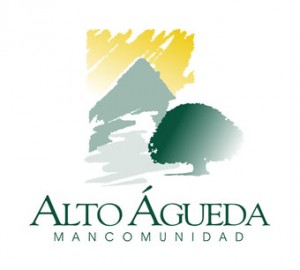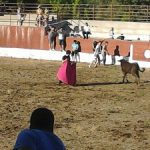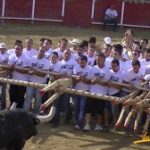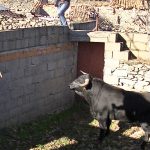The Commonwealth of Salamanca High Agueda, in the southwest of Salamanca and on the border with Portugal and Caceres, be created in the coming months a hiking route from the roads that smugglers roamed both sides of the border.
This has been advanced that have held today in Ituero of Azaba (Salamanca) its 10 Agatha High Party to highlight and preserve their traditions and livestock, above all, folk.

Smuggling Route will run from Navasfrías, on the border with Valdefresno (Caceres) and Foios Portugal) to towns like Casillas de Flores, The Alamedilla, Fuenteguinaldo the El Payo, where the mid-twentieth century and, even, until the end of 1980 many people made a living traveling these roads, moving products from Spain and Portugal.
It was common to the Spanish border municipalities came known as “mochileros”, coffee loaded, since in Portugal was much cheaper. In turn these peoples to the Portuguese council Sabugal all kinds of food in Spain were the best price is carried, especially bread and beef.
Milk was also of smuggling between this population triangle formed by the towns of Salamanca, Caceres and Portuguese. Even, in these villages La Raya, postwar, figure existed “barrette”, who used to lead to the Portuguese border Salamanca and, thence, were accompanied by a Spanish pin to what it was “supposedly”, the border of France, far migrated in search of better conditions.
Recently, in Portugal has published a book which deals with Pushpins La Raya, who were engaged in smuggling. The Portuguese who wanted to go to France paid to help them get to the Gallic country. At the border left his family half a size photograph and when they reached France handed to pin the other half, to be given to the family, as a symbol that had already reached their destination.
However, often, the other half of the picture never got married, since they were cheated or killed on the road. Also, the creation of this smuggling route, in today, on the occasion of the Feast of the High Agueda, samples have been exhibited traditional folklore of the area, where groups have excelled in the Fandandu Robleda, The Jálama El Payo, The Charaíz Fuenteguinaldo the The Tambourine Square Peñaparda.




